
15 Felt Sculptures Of Ancient Sea Creatures & Curiosities By Hiné Mizushima
Born and raised in Japan, Hiné Mizushima is a fibre craft artist who has majored in Japanese traditional painting techniques while working in Tokyo. She has currently relocated to Canada, where she continues to experiment with her craft to create unique art pieces that converge ancient sea creatures and anatomy in a soft sculpture made from felt. Speaking to DeMilked about how long she has been focusing on this particular art form, Mizushima said, “It’s been about 18 years—ever since I moved to Vancouver, Canada. (I was surprised myself when I counted!)”
The textile creations are cute, vibrant, and humourously embrace unusual anatomical elements. Regarding the influences that inspired her art, Mizushima explained, “Although felt was a familiar material to me growing up, I studied traditional Japanese painting in university and worked as an illustrator, so I had little experience with three-dimensional work. That changed when I was asked to create a stop-motion animated music video for the Brooklyn-based band They Might Be Giants. I taught myself needle felting for the project and quickly became fascinated by it—that’s when I began making sculptural pieces. I later opened an Etsy shop and began participating in art plush exhibitions in the U.S. Over time, my work evolved into the mixed-media practice I pursue today, with felt at its core. Natural history museums have also had a strong influence on me—they continue to inspire much of my work.”
More info: Instagram | HinéMizushima
#1
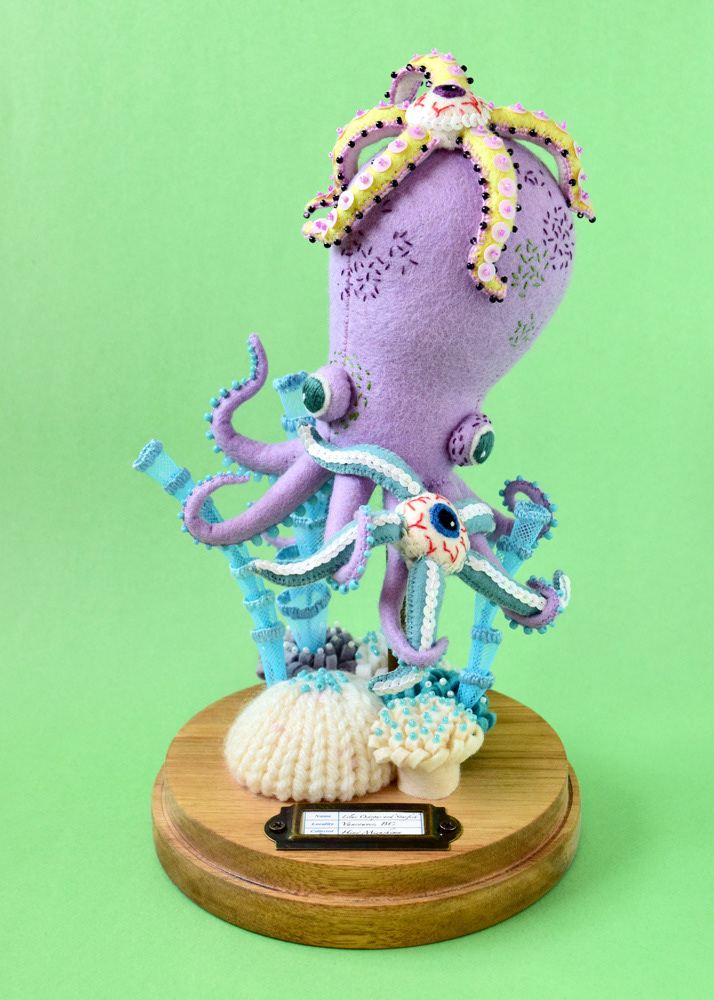
Image Source: HinéMizushima
#2
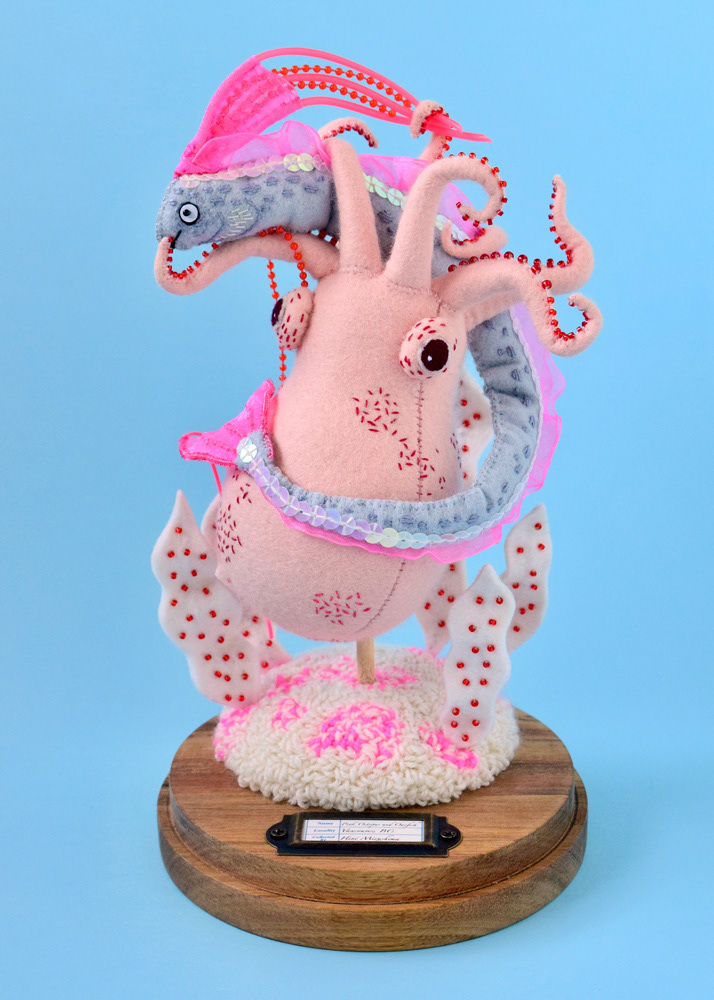
Image Source: HinéMizushima
The unusual combination of textiles, anatomy, and taxidermy is crafted using sequins, buttons, embroidery thread, yarn, and felt. Mizushima elaborated on her creative process, “I usually start with a simple rough sketch and don’t plan out the details in advance. I often work on several pieces for an exhibition at the same time. First, I create the main part—like the creature—and then make smaller elements, such as plants. I temporarily pin them together and let the piece “sleep” for a while when it’s about 50% done, then move on to the next one. Later, I return to add more details like embroidery and beads. Some of my best ideas often come at the very end, taking the piece beyond the original plan. After another short “sleep” (around 90% finished), I carefully check the balance and complete the piece by assembling everything with glue and thread”.
#3
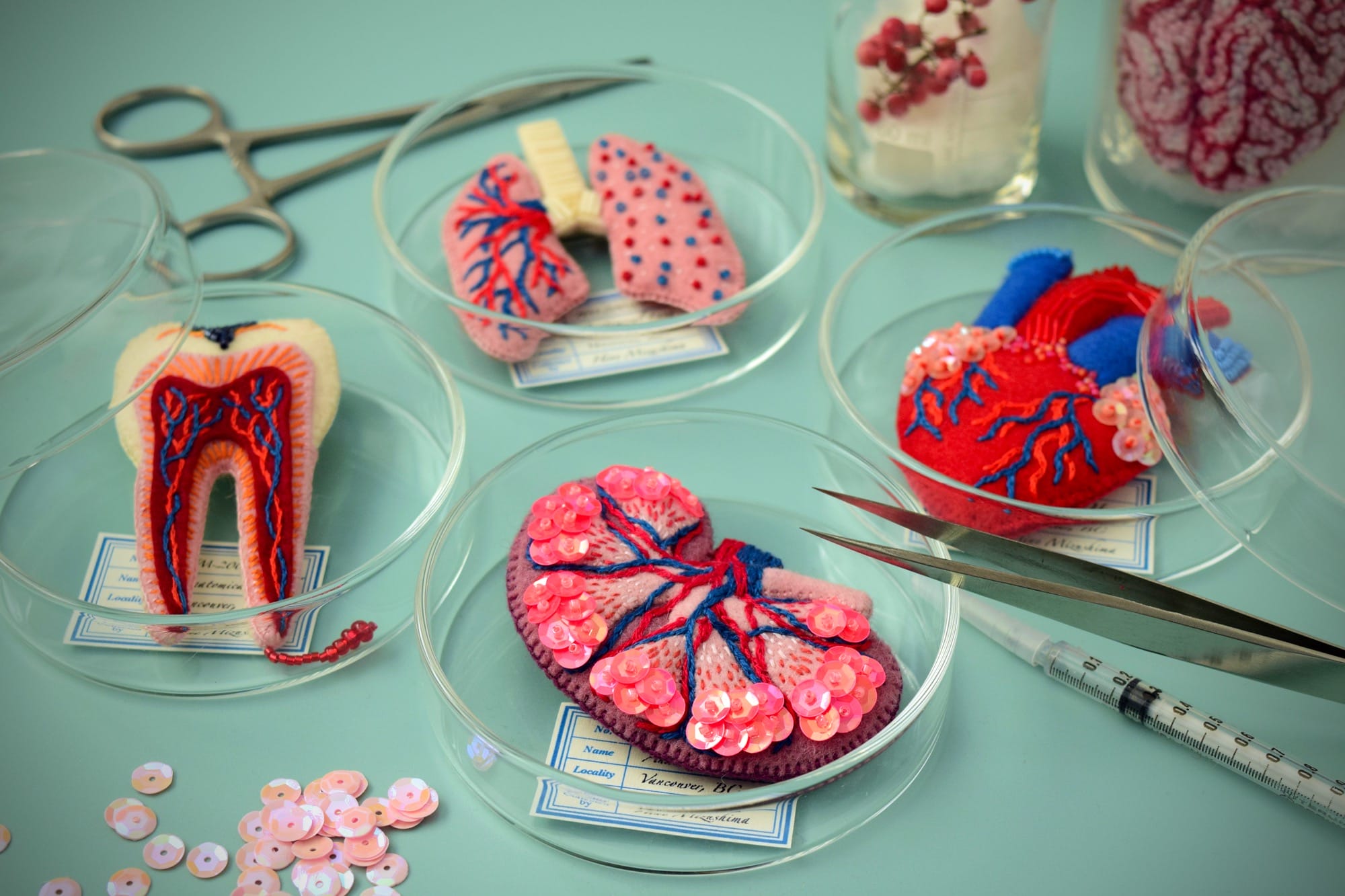
Image Source: HinéMizushima
#4
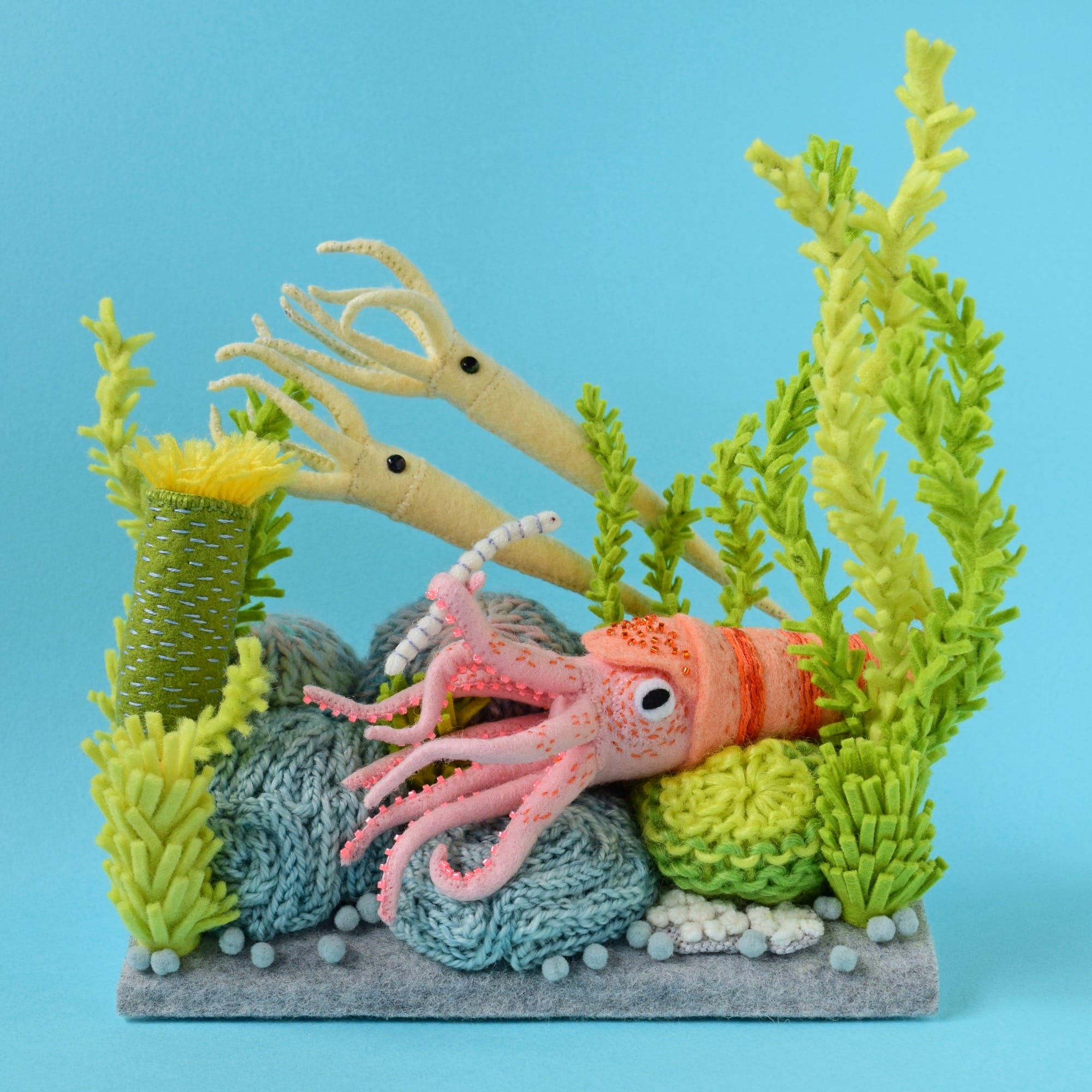
Image Source: HinéMizushima
#5
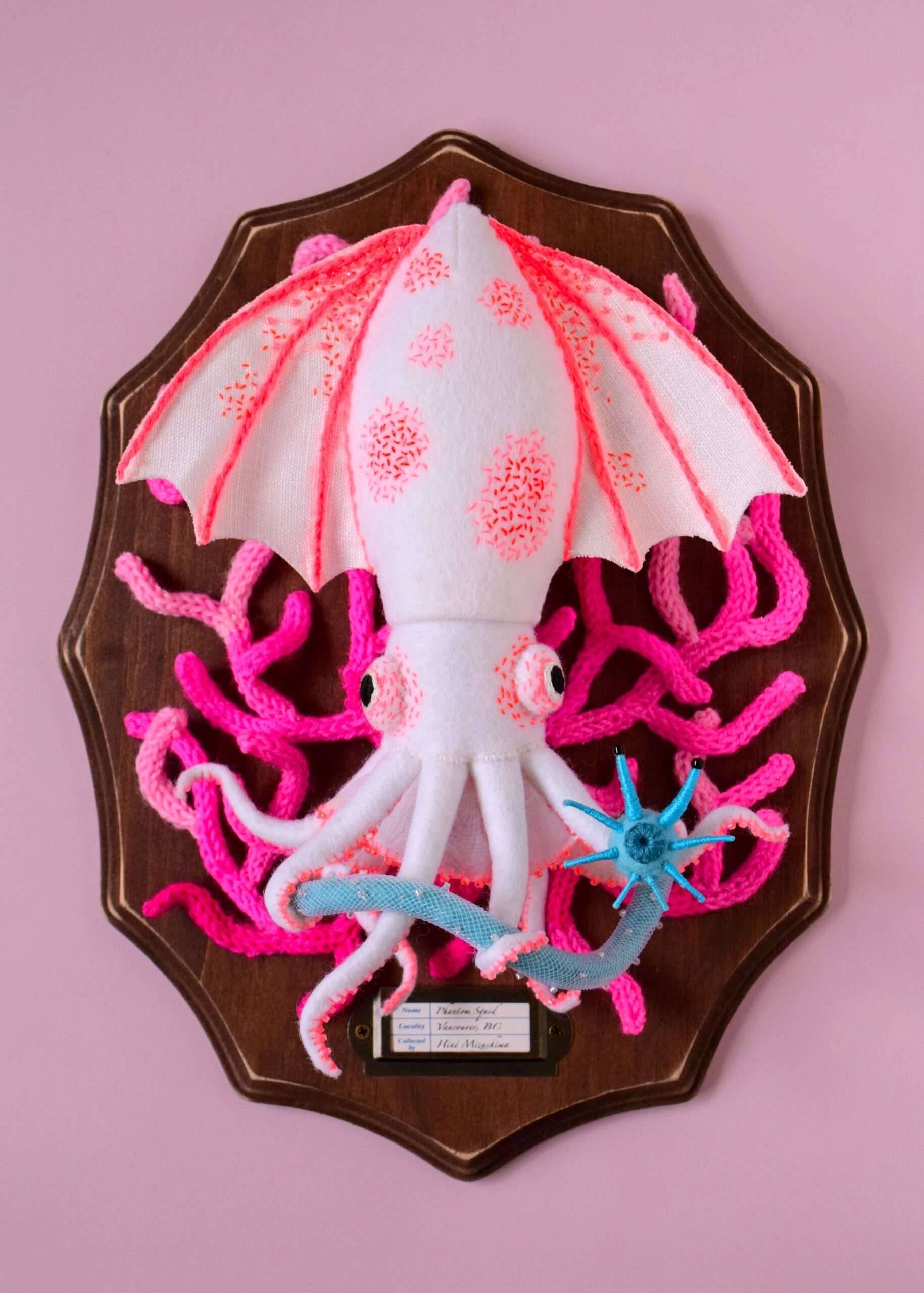
Image Source: HinéMizushima
#6
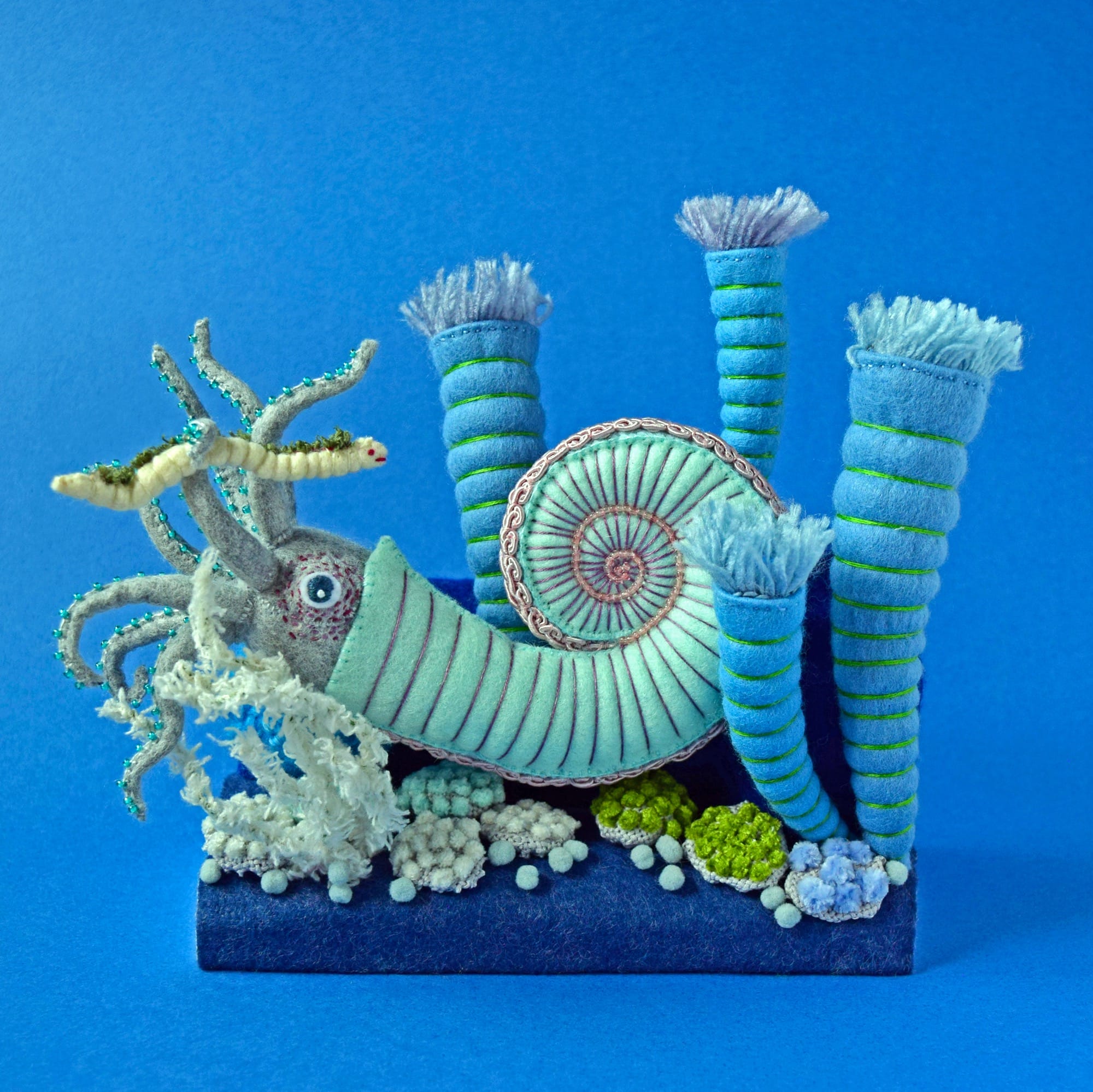
Image Source: HinéMizushima
#7
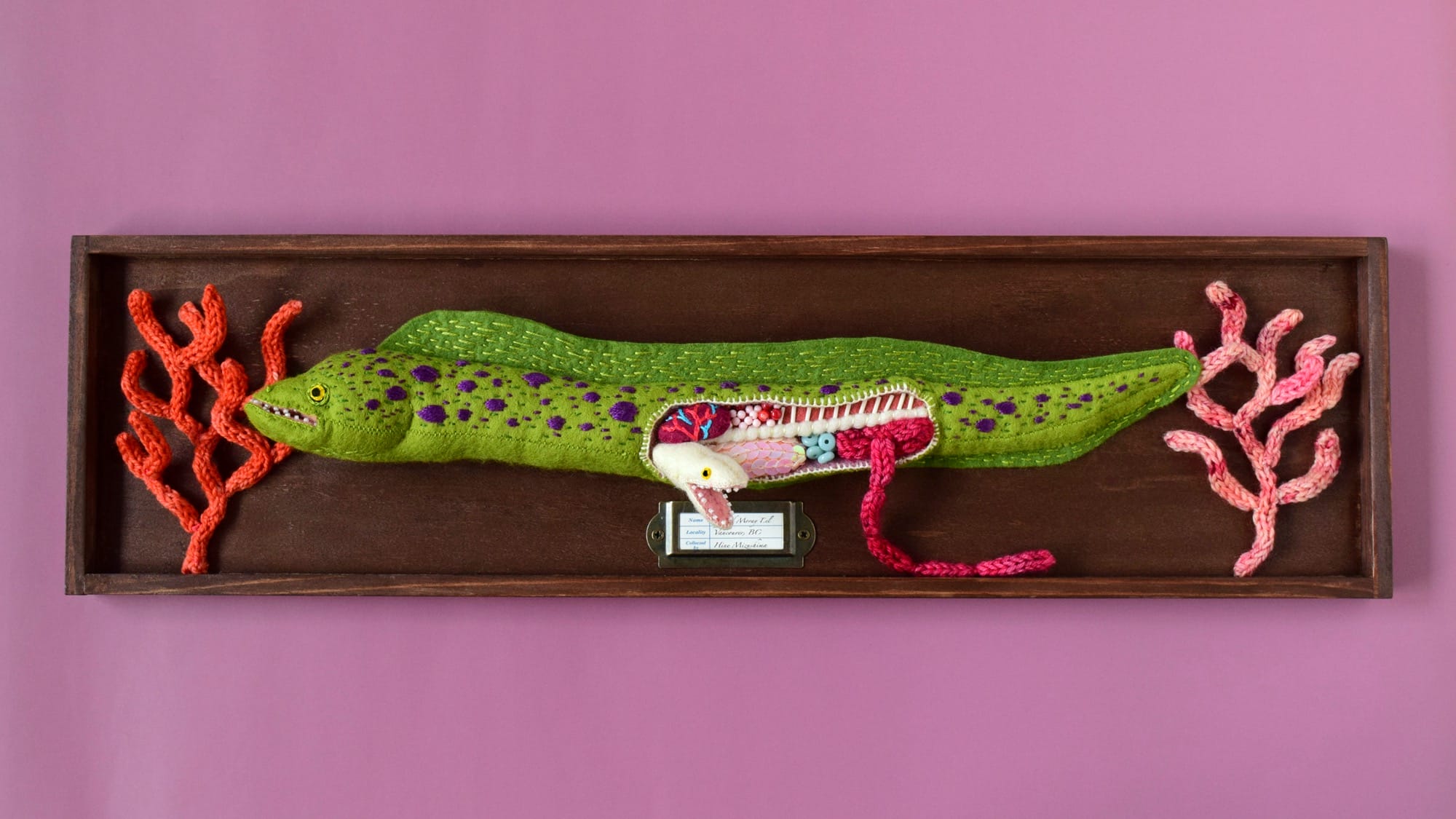
Image Source: HinéMizushima
#8

Image Source: HinéMizushima
#9
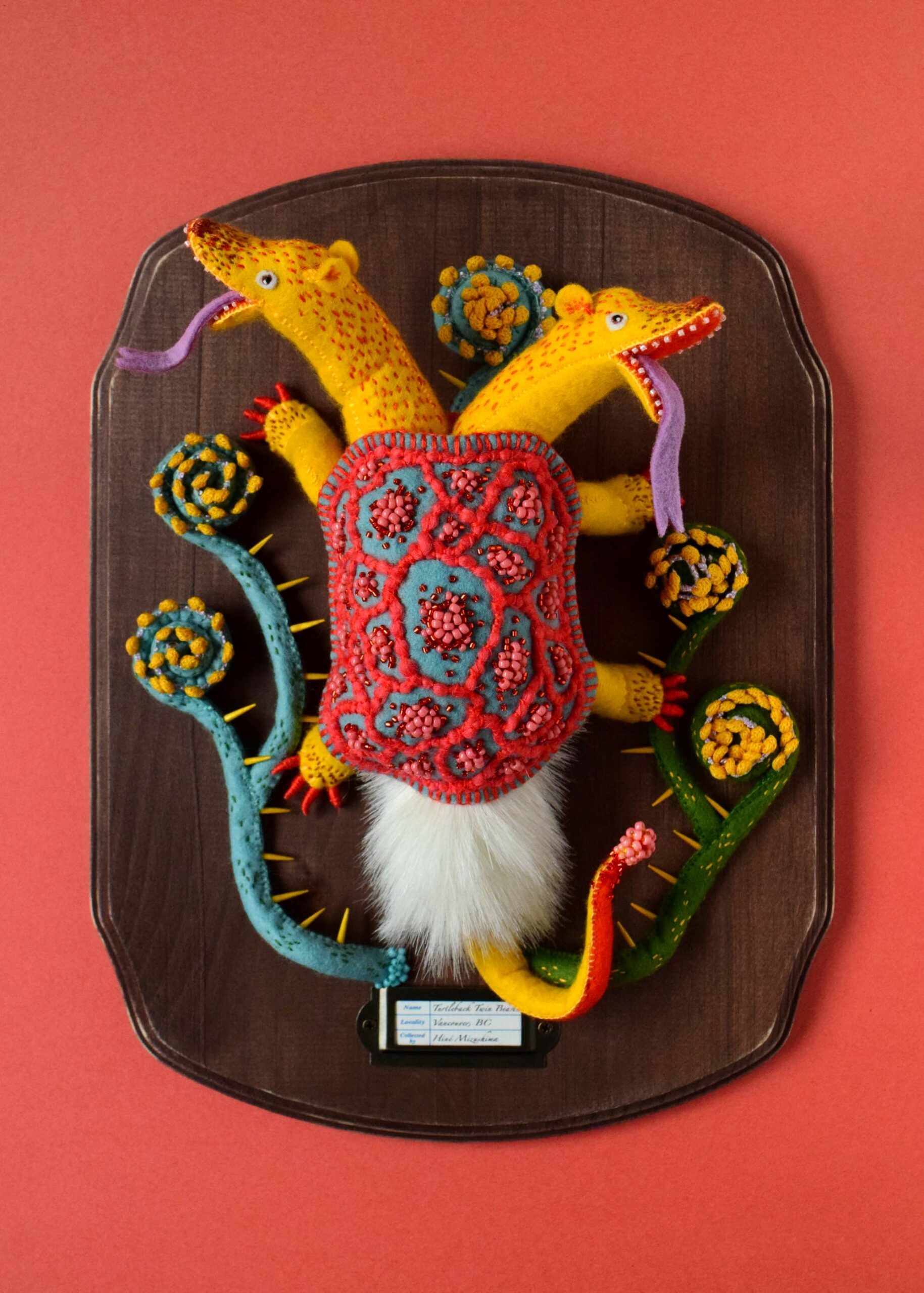
Image Source: HinéMizushima
#10
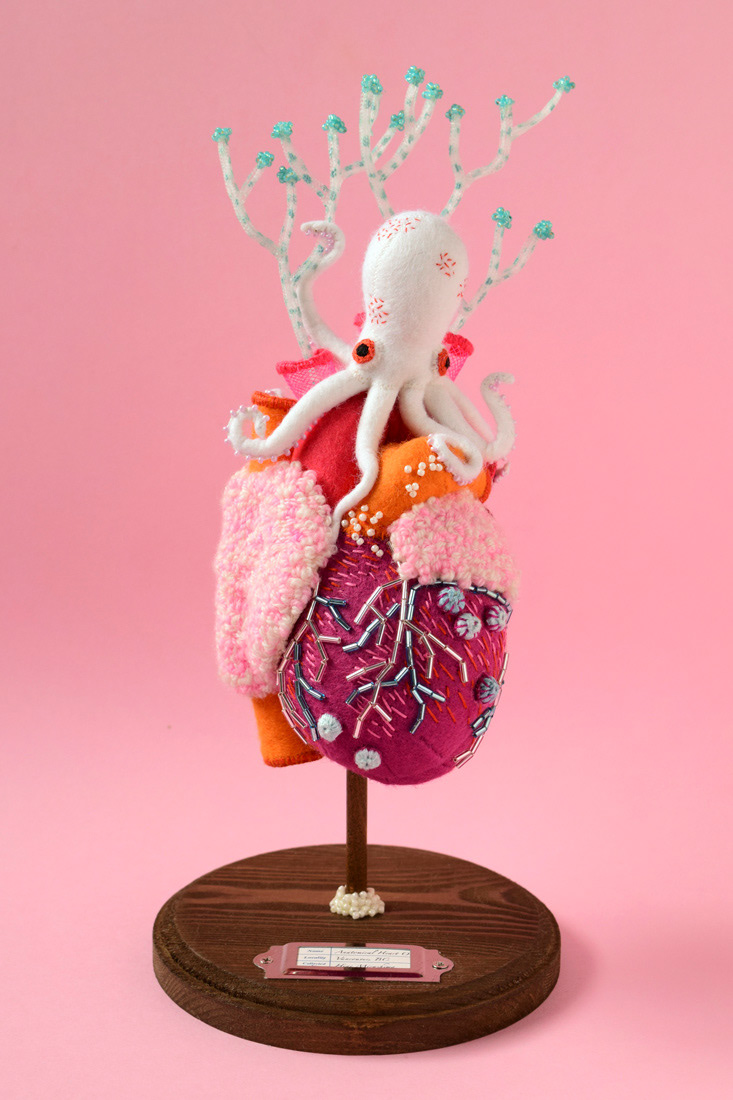
Image Source: HinéMizushima
#11
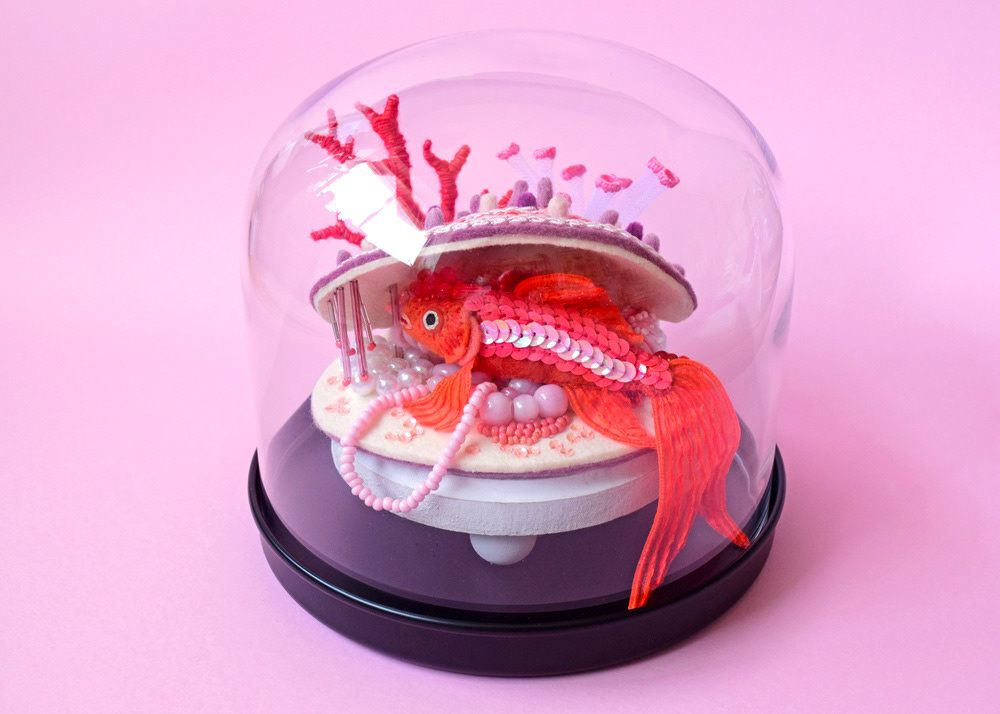
Image Source: HinéMizushima
#12
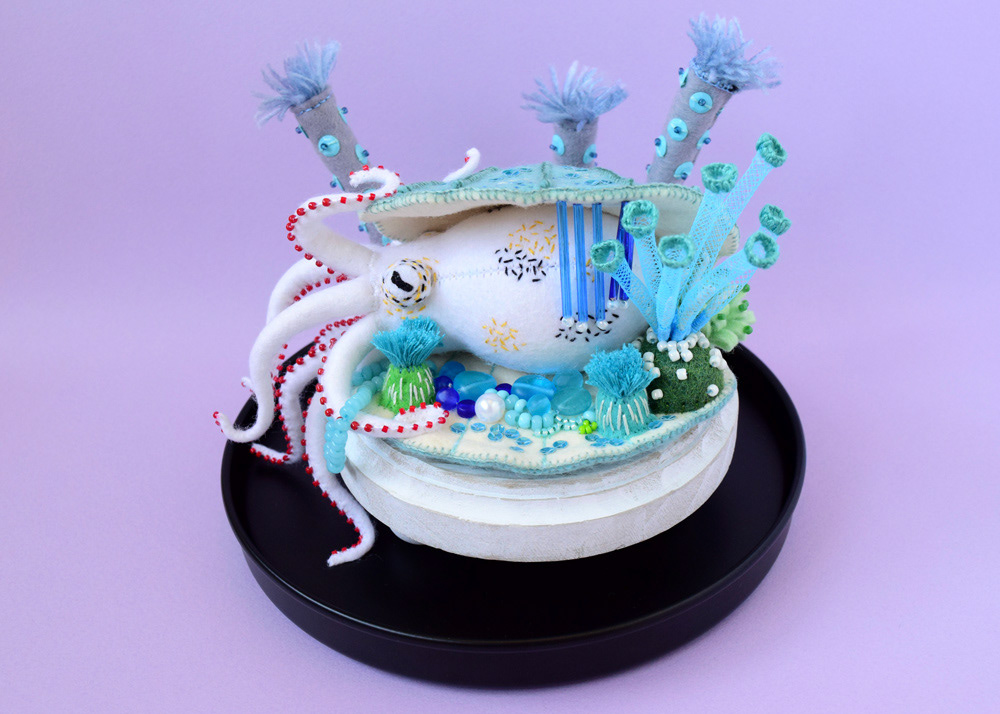
Image Source: HinéMizushima
#13
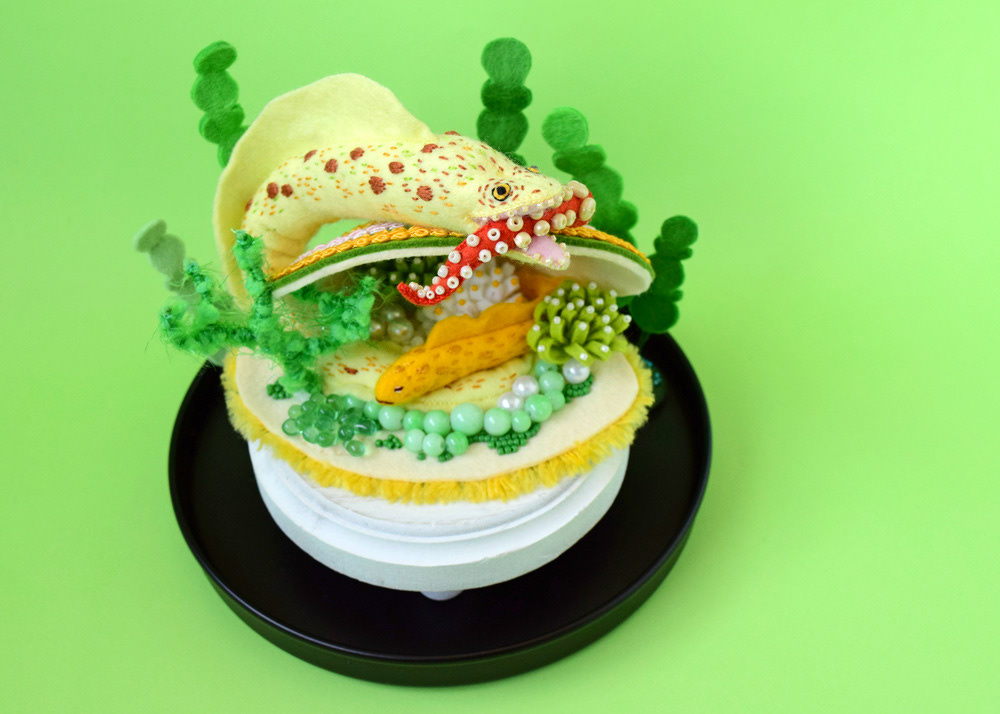
Image Source: HinéMizushima
#14
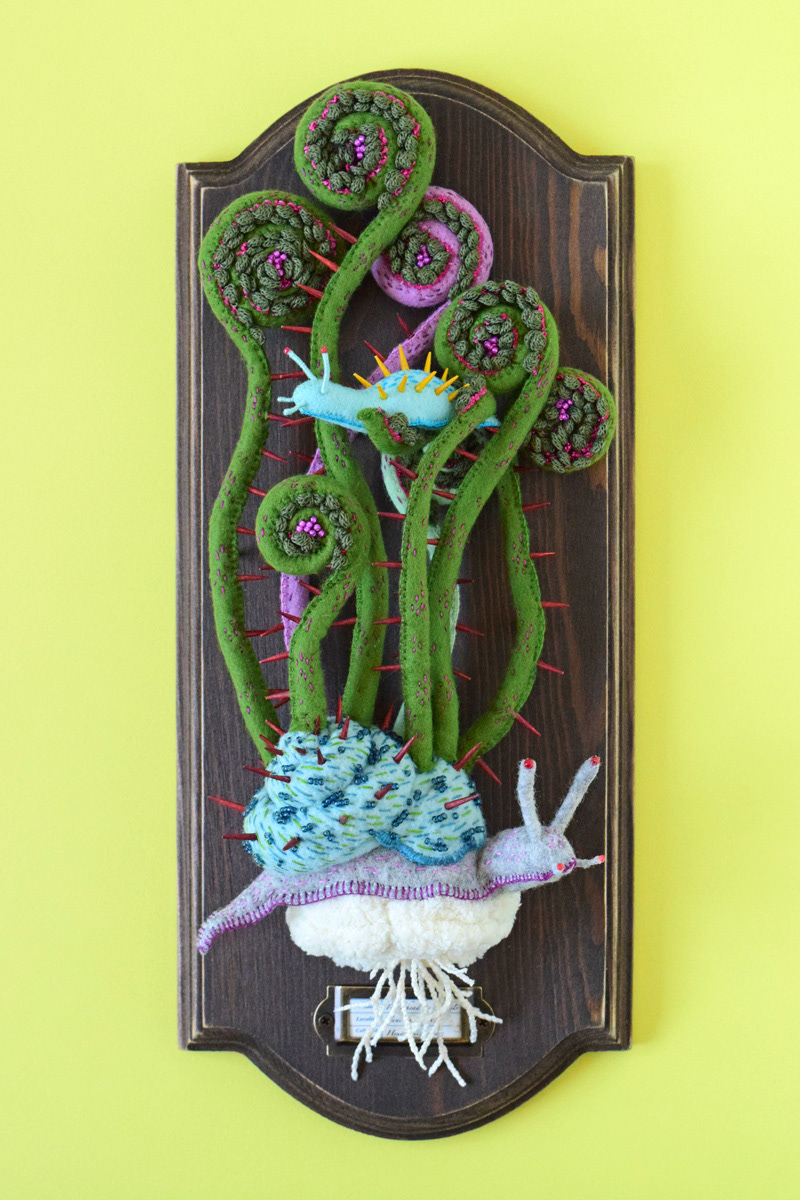
Image Source: HinéMizushima
#15
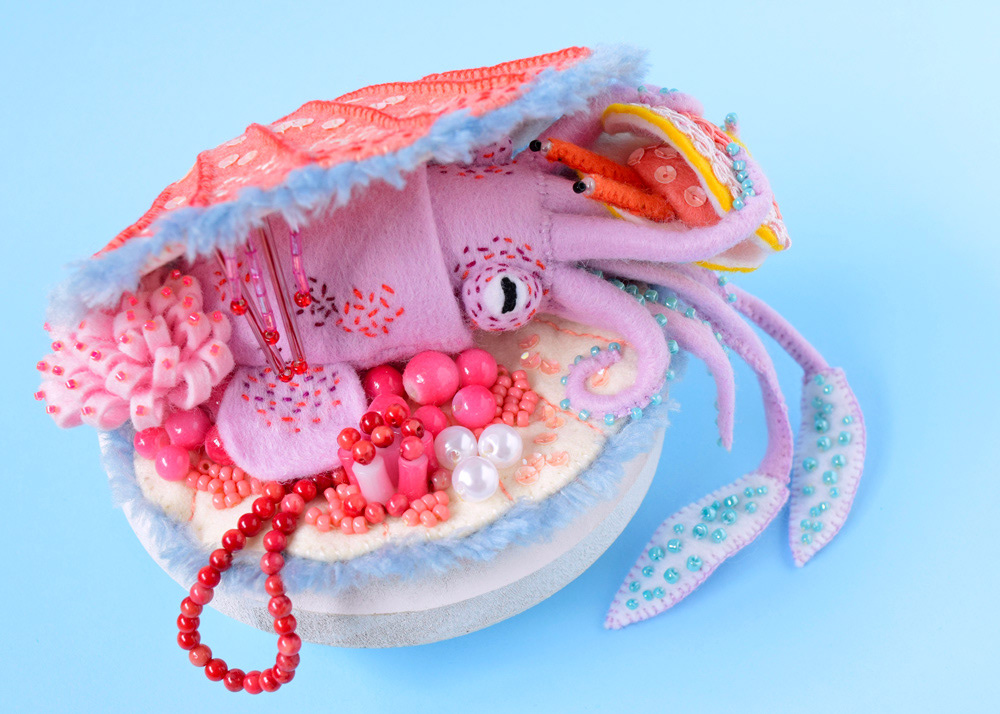
Image Source: HinéMizushima




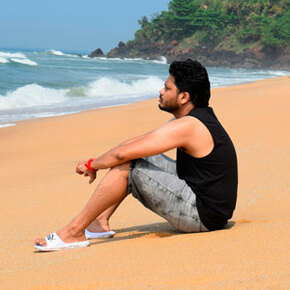
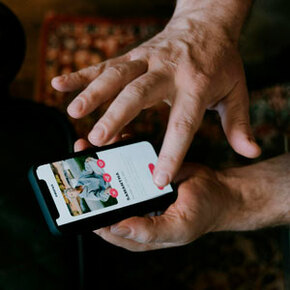
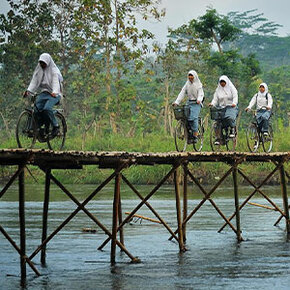

Got wisdom to pour?